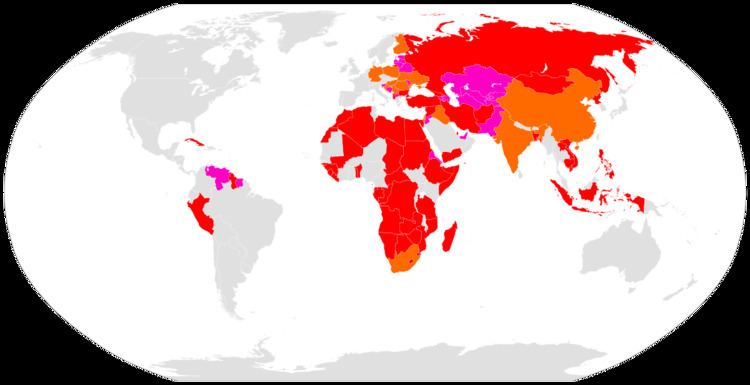Type Carbine Designer Unknown | In service Unknown Designed 1980s | |
 | ||
Place of origin Soviet Union or Pakistan Wars Soviet war in Afghanistan | ||
The AKMSU or AKSMU is a compact carbine version of the Soviet AKM assault rifle in 7.62 caliber. AKMSU stands for Assault rifle ('Avtomat' in Russian) by Kalashnikov, Modified, Skladivaushiisya (folding-stock), Ukorochenniy (Shortened).
Design and Origins
It is a matter of contention whether the AKMSU was actually manufactured by the Soviet Union or was simply a one-off production, a "Khyber Pass Copy" from Pakistan's Khyber Pass region, an area known for diverse and unique weapon production in small shops. The AKMSU can be produced by combining an AKMS receiver with an AKS-74U gas system, front trunion, and receiver cover; however, the signature front handguard is manufactured by a distinctly Russian process involving laminations of Russian birch plywood at perpendicular angles glued under extreme pressure and shaped to the finished product. Such a process would be unlikely in the Khyber Pass region, especially if it were a one-off production and combined with the Russian amber shellac finishing process.
It is also noteworthy that the muzzle brake often pictured on the AKMSU is not simply a cosmetic piece, it is required for the correct functioning of the rifle and contains an expansion chamber to correctly cycle the rifle. The muzzle brake has many grooves machined into it for increased heat dispersion. The AKMSU belonging to the United Kingdom's "Pattern Room" and photographed most extensively on forum websites is composed of a Chinese manufactured Type 56-1 receiver combined with a 1977 dated AKS-74U trunion.
The lower handguard may be the only piece from an authentic AKMSU. Although no authentic pictures of the AKMSU are known to exist, a number of Russian and Western sources attest to its existence.
